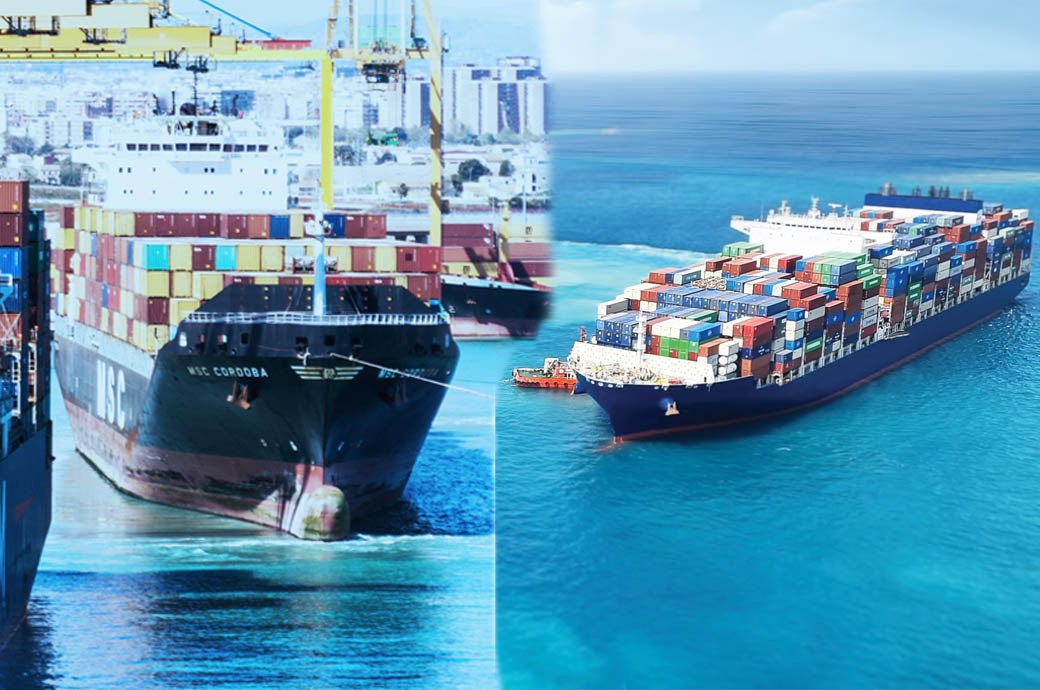Average 2.1% seaborne trade volume growth/year in 2024-2028: UNCTAD

Insights
- The UNCTAD has forecast moderate growth in seaborne trade volumes hovering at an average of 2.1 per cent per year between 2024 and 2028.
- Container markets, which corrected in 2022, are expected to have little growth this year.
- Increased policy-driven geo-economic fragmentation could potentially reshape trade patterns, supply chains and shipping routes, it noted.
The divergence between growth patterns between energy-related and non-energy trade is expected to continue, it said in its ‘Review of Maritime Transport 2023’ released recently.
Optimism around increasing Chinese economic activity, which drives dry bulk trade, the redistribution of oil flows in response to the war in Ukraine and the re-opening of the world economy after nearly three years of the COVID-19 pandemic and its fallout bodes well for tanker and dry bulk shipping and trade, the report noted.
Prospects for gas trade are also positive, supported by a greater focus on energy transition, energy security, and a low-carbon development path.
In sharp contrast to a year ago, container markets have corrected in 2022 and are expected to have little growth in 2023. UNCTAD expects container trade to improve and increase at an annual rate of around 3 per cent over the 2024-2028 period.
While distances travelled by tanker trade increased following the war in Ukraine and its fallout on the energy supply landscape, going forward, trends in distances travelled and trade ton-miles will depend on a range of factors, including trends in the energy transition, commodity prices, supply-side capacity constraints, climatic factors and regulatory requirements that may affect shipping fleet speed, routing and operational decisions, said the report.
Projected growth in maritime trade volumes assumes that downside risks will dominate international trade and economic growth in the coming years. These risks relate to the timing and path of global economic recovery, the ongoing war in Ukraine and the evolving context of maritime transport and trade.
Increased policy-driven geo-economic fragmentation could potentially reshape trade patterns, supply chains and shipping routes, noted the report.
On the upside, however, drivers expected to provide momentum for an uptick in maritime trade flows include an easing in logistical bottlenecks observed since 2020, easing of COVID-19 restrictions in China and the decision taken by its central bank to cut interest rates, which may stimulate the economy.
Other factors include the entry into force of the Regional Comprehensive Economic Partnership (RCEP) in several Asian countries and expected increase in demand for transport and services arising from the AfCFTA, the report added.
Fibre2Fashion News Desk (DS)
































-Ltd..jpg?tr=w-120,h-60,c-at_max,cm-pad_resize,bg-ffffff)





.jpg?tr=w-120,h-60,c-at_max,cm-pad_resize,bg-ffffff)
.jpg?tr=w-120,h-60,c-at_max,cm-pad_resize,bg-ffffff)






